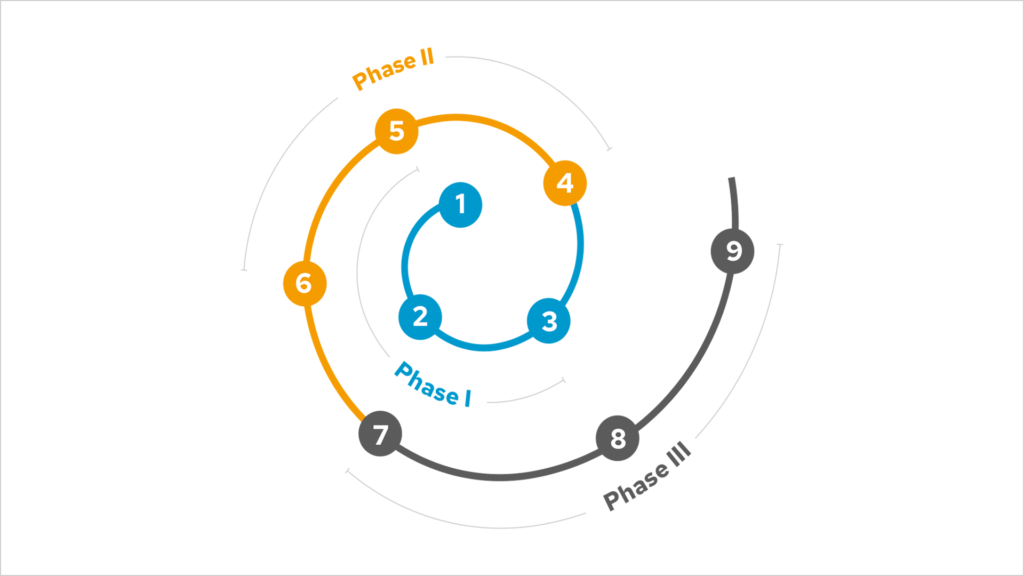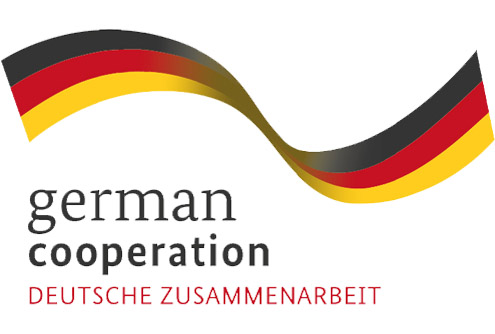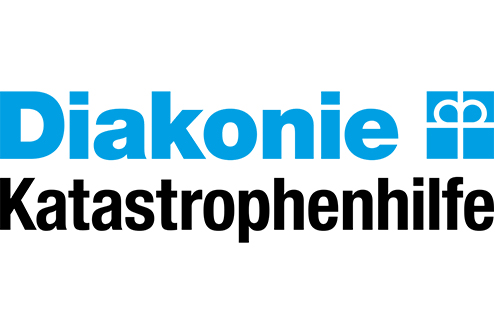Phase III: Act and manage
Stage 7: Action with communities most at risk
Implement the necessary actions and interventions that communities have decided upon. Different modes to implement the actions and other aspects involved in realising action (such as finding coherence with other relevant projects, schemes and plans) need to be considered.
Stage 8: Accountability to communities most at risk and learning with them
Whilst documented as stage eight, accountability to, and learning with, communities most at risk should take place across the entire process, as well as at the end. As momentum builds around what is taking place, it is hoped that more stakeholders will join the process and that shared learning – via formal and informal review processes – can lead to sustained progress. Accountability processes should mobilise a responsible use of power by duty bearers and stakeholder responsible for development.
Stage 9: Repeat and strengthen
Risk-informed development planning is not a one-time activity. Its success is anchored in sharing learning, strengthening action and revisiting the process to improve development. This is because risks and risk drivers are dynamic and so is development and growth. CSOs and communities can improve or expand the scale of their risk-informed development planning process in the next cycle based on insights gained by action and learning. GNDR hopes that through the success of a first risk-informed engagement, communities are empowered to address more complex issues, bigger risks or more powerful barriers.



